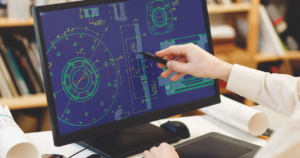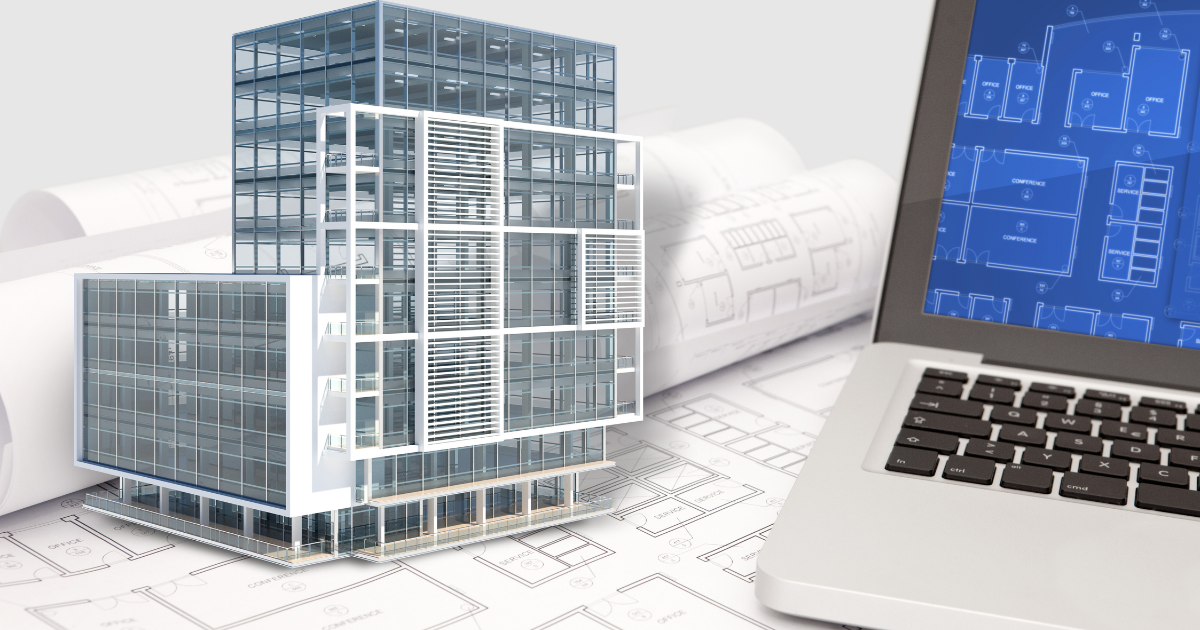The CAD process is used to vectorize near exactly engineer drawings to bring them into reality. Many engineers, architects and machine designers use it. This is a departure from the traditional approach of sketching things by hand. This speeds up and improves accuracy of the work. Previously, draftsmen employed pencils and rulers to make designs that required a lot of time. Today, you can edit your design easily because CAD software lets you change things without the need to redraw them from the beginning.
High Precision in CAD Drafting
CAD drafting requires exactness. A minor error can lead to major issues. For example, if measurements are incorrect in construction, projects could be delayed and costs increase. In manufacturing, this can result in the production of defective products. This is where accuracy comes first when it comes to CAD drafting. Designers align every detail in CAD software with exact dimensions and grid types. Investing in CAD drafting services helps businesses avoid mistakes that can lead to material waste and loss of revenue.
Tools Used in CAD Drafting
Special software is used for CAD drafting. Some popular ones include:
One of the most used CAD programs, AutoCAD provides an excellent line width and is incredibly versatile.
SolidWorks: A mechanical design program for 3D model design.
Revit: Widely used in the architecture field for building information modeling (BIM).
Fusion 360: Powerful CAD software for part modeling and assemblies.
With the aid of technology, these tools play an important role in providing exquisite drawings with precision. They also provide the ability to quickly make changes without having to redraw the entire design. Including functions such as layering, dimensioning, and scaling, which add precision and clarity to the designs.
Advantages of CAD Drafting Services
There are numerous advantages of using CAD drafting services:
Precision: Digital tools minimize human errors. CAD also enables designers to zoom in on details and make more precise adjustments.
Speed: Designs can be drawn up much quicker than they would be done on paper allowing projects to get completed on time.
Simple Changes: Tweaks are fast to make since the process does not restart from scratch, simplifying design iterations.
Improved Visualization: 3D models provide a better understanding of the final product, enabling presentations and approvals.
Economical: In the long run, this will save money for businesses as it will reduce material wastage and the costs of rework.
Teamwork: CAD software enables several designers to work on the same project at once, resulting in seamless collaboration.

CAD Drafting in Professional Fields
CAD drafting is used across many industries. Some of them include:
Architecture: Used in making building plans as well as layouts and elevations to ease construction.
Engineering: Assists in design of machines, mechanical components, and structural frameworks.
Manufacturing: to create product designs and prototypes prior to mass production.
Automobile Industry: Solves problems regarding designing automobiles, engines and other machinery.
Aerospace: Create aircraft graphics and maintain high standards Business in aerospace technology.
Interior designing: CAD is used to design furniture layout and home plan as per the customer requirements.
Typical Challenges Faced in CAD Drafting
CAD drafting is beneficial, but there are challenges involved:
Long learning curve: CAD tools may have a steep learning curve and you may have to undergo formal training for proper mastery.
Hardware Challenges: CAD also requires the application of high-powered computing, meaning you must have access to a powerful desktop or laptop for seamless functionality.
Data Loss: Unsaved files may be become corrupted, causing lost work.
Moderate Compliance: Designs need to comply with industry standards and regulations to be used professionally.
It may be impossible for designers to avoid human error as a key point in the automation or constant checks put in place when it comes to producing a design.
CAD Drafting Best Practices For Accuracy
Here are a few best practices to maintain accuracy in the CAD drafting process:
Utilize Proper Templates: Using standard templates helps maintain consistency and enhances workflow.
Be Sure to Check Measurements: Verify measurements to avoid an expensive error.
Regularly Save Work: To avoid data loss in case of a system crashing or error.
Abide by Industry Standards: Maintains quality and adherence to regulations.
Seek Expert Reviews: Professionals are the ones to spot the earliest mistakes as well as recommendations for improvement.
Use Layers and Annotations: Assists in drawing organization and providing clarity for later reference
Software updates: It saves time and increases accuracy, that is something you can gain from drivers updating.
Conclusion
This CAD drafting service is important service in many industries. Successful designs require precision. With appropriate tools and best practices, creating drafts that are accurate and high-quality is a reality for businesses. Ultimately saving you time, money, and effort in the long run. Investing in CAD drafting services gives companies a competitive edge, as their projects are executed with high accuracy and efficiency. However, with rapid developments in AI and automation, the CAD drafting of the future will be more accurate and user-friendly than ever before.
